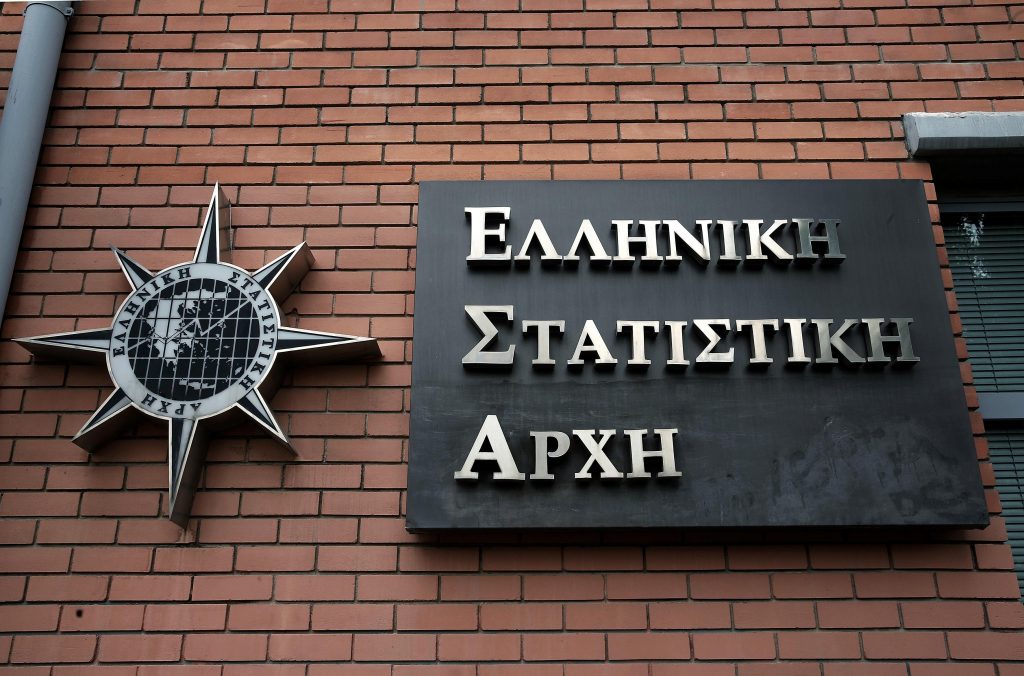According to an analysis released by UBS Investment Bank, Greek public debt fell from 209.8% of GDP in the first quarter of 2021 to its current 166.5% of GDP.
As the analysis notes, a substantial portion of this reduction is attributed to the official sector of the Eurozone, with servicing costs effectively locked, while the country manages to maintain primary surpluses that could aid in lower borrowing needs.
Simultaneously, private sector debt has dropped below 100%, to 96.6%, down from almost 130% in the second quarter of 2021. An encouraging aspect highlighted by UBS is that household debt decreased to 43% in the second quarter of 2023 (as a percentage of GDP), from a high of 59.3% in the fourth quarter of 2020.
In contrast, financial sector debts have been on an upward trajectory since the third quarter of 2022, reaching 12.7% as a percentage of GDP in the second quarter of 2023.
However, excluding the financial sector, it becomes apparent that Greece is slightly more resilient to changes in European Central Bank interest rates, in contrast to the vulnerabilities of housing debt in Northern Europe (United Kingdom, Netherlands, Scandinavia, Baltic States).
Challenges Ahead
However, UBS notes that the easy gains provided by high inflation are likely to diminish as core inflation is now on a downward trajectory. Consequently, the positive impact of high GDP growth and weak interest rate growth on debt reduction is expected to slow down.
Further debt reduction will require more effort from governments, businesses, and households, USB notes. There is also a substantial divergence among countries. For instance, in the second quarter of the year, the change in the inflation adjuster was lower in Ireland and Belgium (3.6/3.7%) and higher in Croatia, Slovenia, and Slovakia (9.3-9.7%). In Italy and Greece, where public debt to GDP is the highest, inflation adjusters were relatively moderate (4.0% and 5.4% annually, respectively).







